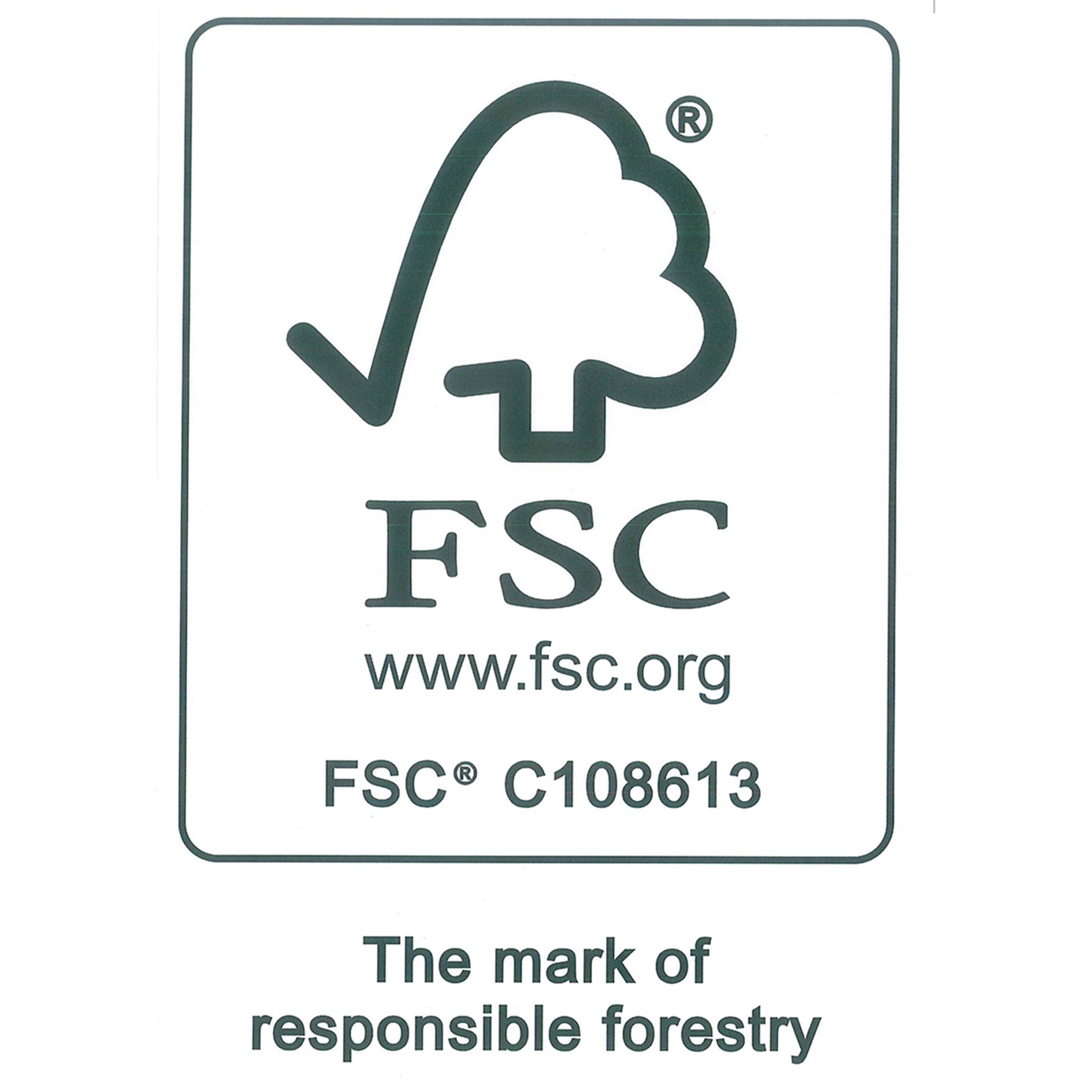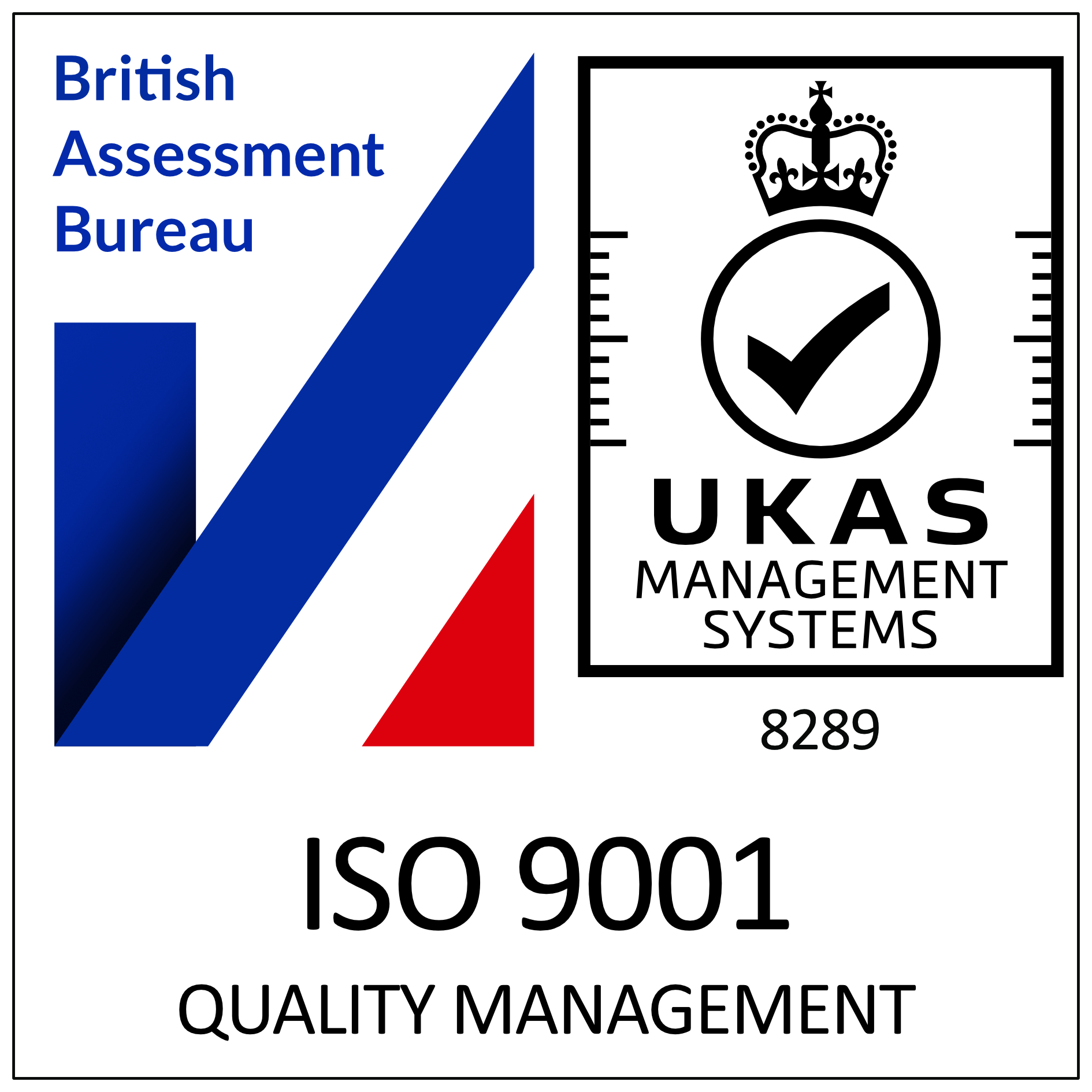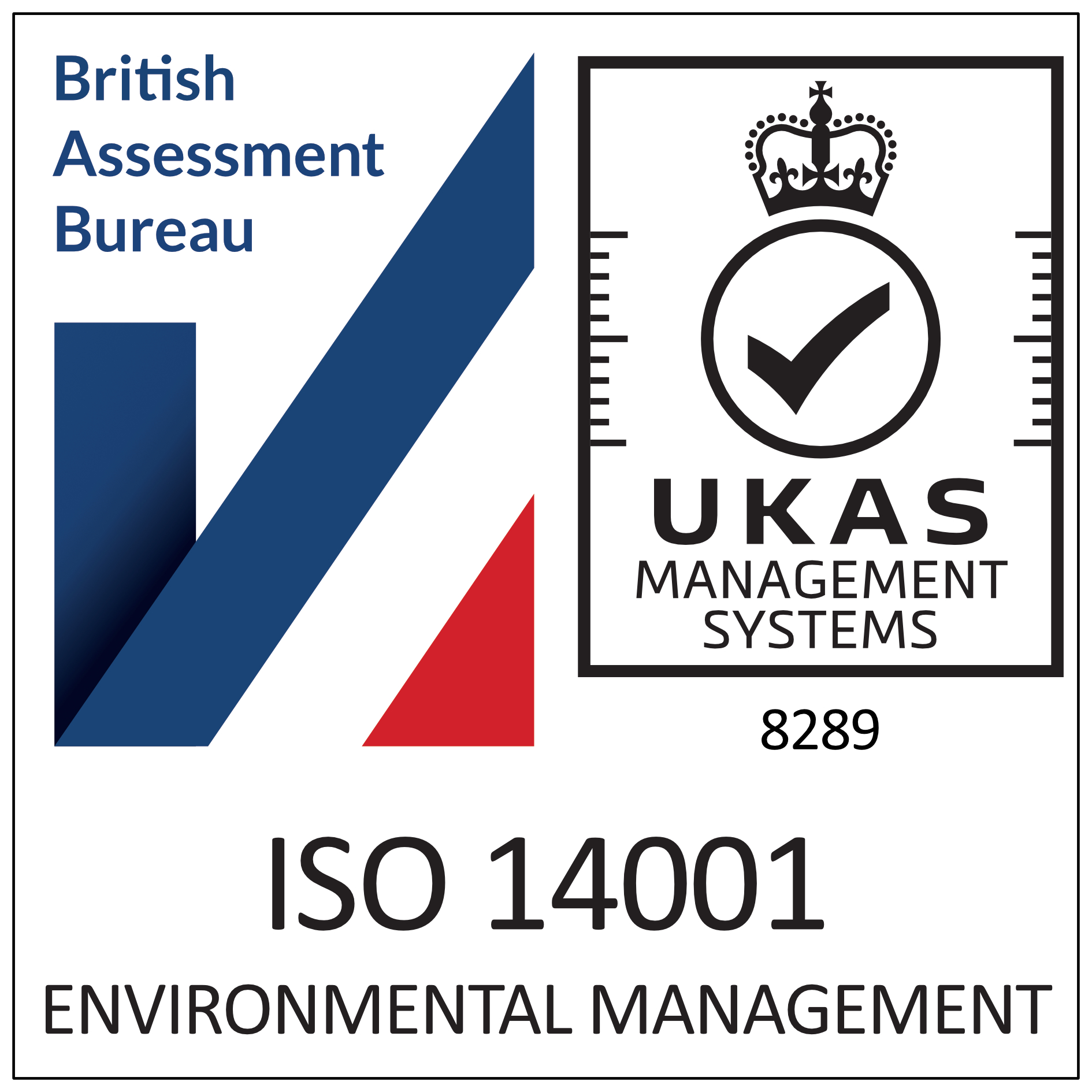Working with Flammable Substances
In workplaces that house or use flammable substances, understanding the basic safety practices that should be followed is essential for the health and safety of members of the workforce, visitors and members of the public. They need to be taken seriously and followed carefully.
Particular workplace settings might spring to mind when thinking of flammable substances, such as petrol stations or chemistry labs, however the majority of workplaces do contain some materials that are highly flammable, such as packaging materials, dust from food stuffs and even furniture. Therefore, it is important to have a good understanding of how such substances are managed safely.
Knowing how fires thrive is integral to grasping, in turn, how to prevent and minimise them. In essence, a fire requires three things:
• Fuel
• Air
• Ignition.
Therefore, limiting these conditions that are favourable to the ignition of a fire is also the key to limiting the risks they pose.
Safety and flammable substances
The Health and Safety Executive (HSE) recommends applying five principles to work safely with flammable substances. They can be summed up with the initials VICES:
Ventilation: Good ventilation where flammable substances are stored reduces the build-up of, and disperses, any vapours they release.
Ignition: Sources of ignition can include hot surfaces, sparks from electrical equipment, or open flames. These should be removed from any areas where flammable substances are handled or stored.
Containment: All flammable materials should be kept in suitable, lidded containers to minimise the risk of spillage and keep them safe from accidental handling.
Exchange: Consider whether it is possible to exchange the flammable substances for less dangerous alternatives, or remove them from operation altogether. It could be that there are equivalent ways of carrying out the same processes more safely.
Separation: If possible, flammable substances should be stored away from each other. Adding partitions or barriers, or using several areas to store these substances separately, can help to reduce the overall risk of fire.
Regular training
All members of staff who work with flammable substances should be offered fire safety training that is specific to the substances in question. This training should be updated on a regular basis so that any new processes or procedures are covered, and to ensure that workers’ knowledge and understanding of safety measures is kept at the front of their minds.
Dealing with emergencies
There is always the risk of an emergency situation when there are flammable substances being used or stored in a workplace. Therefore, as well as having a clear understanding of the day-to-day hazards involved, members of staff should also be trained on what to do if they encounter an emergency such as a fire or chemical leak.
Topics that should be covered in training vary, depending on individual circumstances, but should include:
• The consequences of mixing chemicals, and understanding which are incompatible
• The actions that must be taken if there is a chemical spillage
• Whether specialist first aid training or equipment is required.
Fire doors are an essential part of any business’s fire safety plan. To ensure that your company is complying with the relevant laws and regulations, contact Enfield Doors who will be happy to advise you.








